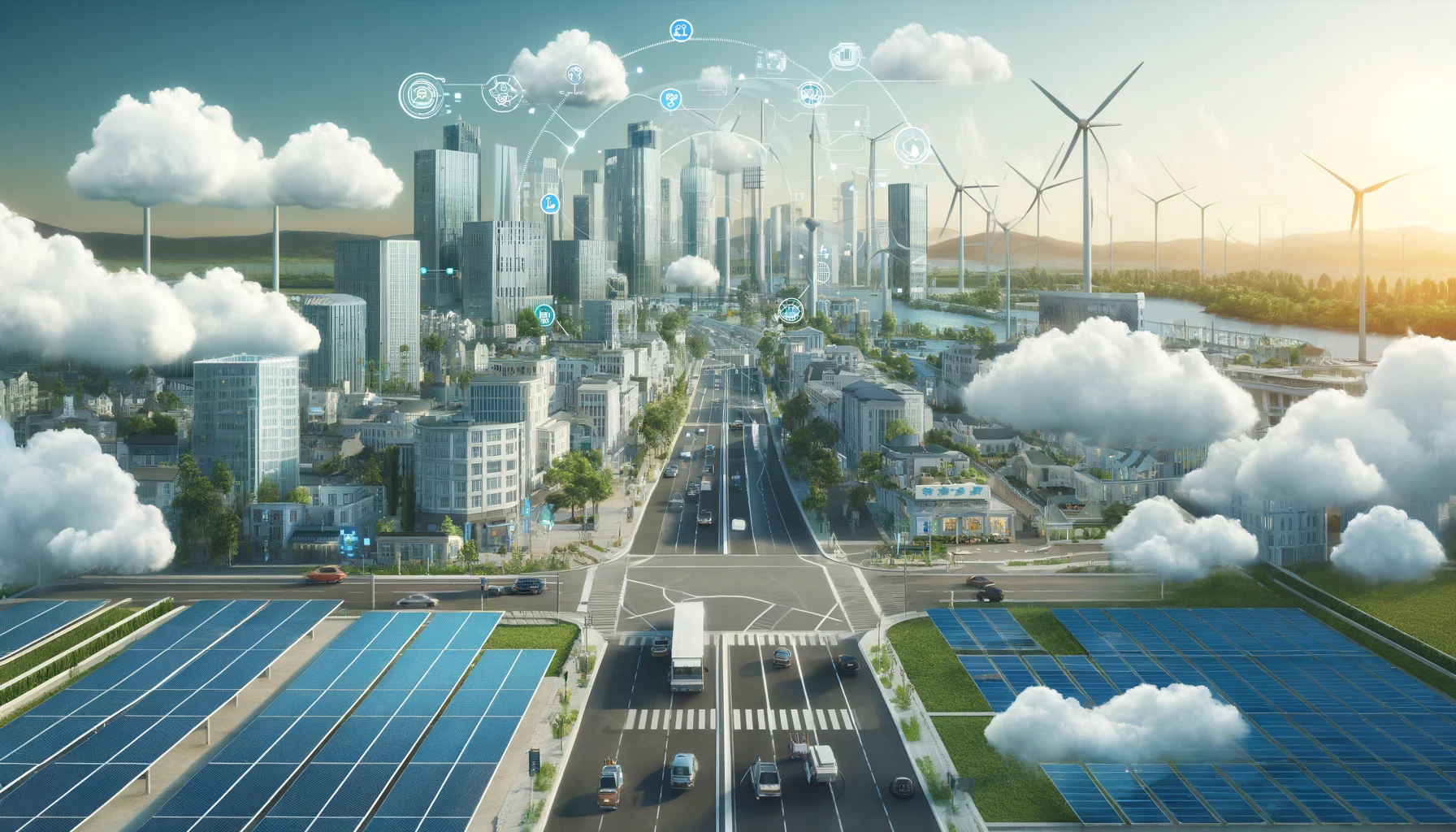The evolution of renewable energy technologies is a beacon of hope in our quest for a sustainable future. As we step into 2024 and beyond, innovations in this field are not only expected but necessary to meet the growing energy demands while mitigating environmental impacts. This comprehensive blog post delves into the future of renewable energy tech, exploring cutting-edge advancements and their potential to revolutionize our energy systems.
The Pioneering Frontiers of Renewable Energy
Renewable energy is pivoting from traditional forms to more innovative and efficient technologies. Here’s a closer look at what the future holds:
- Advanced Solar Power Solutions
- Perovskite Solar Cells: These next-generation solar panels promise higher efficiency and lower production costs compared to traditional silicon-based cells.
- Solar Fabric: Imagine buildings and even clothing made from fabric that converts sunlight into electricity. The development of solar fabrics stands to integrate solar power into every facet of our lives.
- Wind Energy Innovations
- Airborne Wind Turbines: Floating turbines could harness the stronger and more consistent winds available at high altitudes, drastically increasing energy output.
- Offshore Wind Farms: Expanding significantly, these farms use larger turbines and take advantage of the open sea’s strong winds, away from land-based limitations.
- Hydropower without Ecological Footprint
- Fish-Friendly Turbines: Innovations in turbine design aim to reduce the ecological impact on aquatic life, making hydropower a more sustainable option.
- Modular Hydro: Small, modular hydroelectric systems could be installed in small rivers or streams with minimal environmental disruption.
- Geothermal Energy’s New Horizon
- Enhanced Geothermal Systems (EGS): By drilling deeper and into less conventional geothermal sites, EGS could unlock a consistent and vast power source worldwide.
- Wave and Tidal Energy
- Efficient Wave Converters: New technologies are focusing on capturing wave energy more efficiently and durably, making it a more viable option for coastal regions.
- Tidal Barrages: These structures not only generate energy but also help manage coastal erosion and can be integrated into maritime habitats.
Integration and Storage Solutions
As the sector grows, integrating these diverse energy sources into a unified grid is imperative.
- Smart Grids: These electricity networks detect and react to changes in usage and generation automatically, improving efficiency and reliability.
- Energy Storage: Innovations like liquid air and flow batteries are enhancing the ability to store large amounts of energy, addressing the intermittency issues of renewables.
Socioeconomic Impacts of Renewable Energy Tech
The shift towards renewable energy isn’t just technological—it’s profoundly social and economic.
- Job Creation: This sector is expected to create millions of jobs, from research and development to construction and maintenance.
- Energy Equity: Advances in technology could make renewable energy more accessible, reducing energy poverty and promoting equity globally.
Policy and Future Challenges

Exploring the Future of Renewable Energy Tech
Effective policy frameworks are crucial to support the transition to renewable energy.
- Incentives for Innovation: Subsidies, grants, and tax incentives can encourage research and adoption of renewable technologies.
- Regulations for Sustainability: Policies need to ensure that the growth of renewable energies doesn’t come at an environmental or social cost.
Conclusion
The future of renewable energy technology is not just a narrative of hope but a blueprint for action. It is imperative that all stakeholders—from governments and corporations to individuals—play their part in fostering these technologies. As we harness the winds, sun, and sea, we pave the way for a sustainable, equitable, and energy-abundant future.

